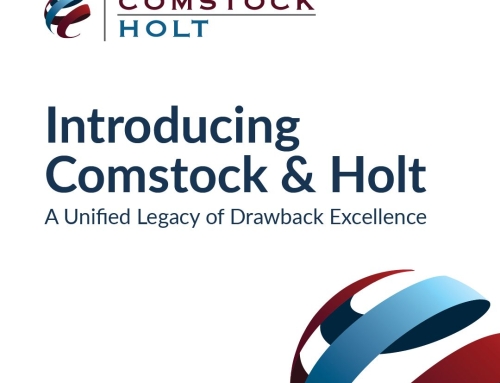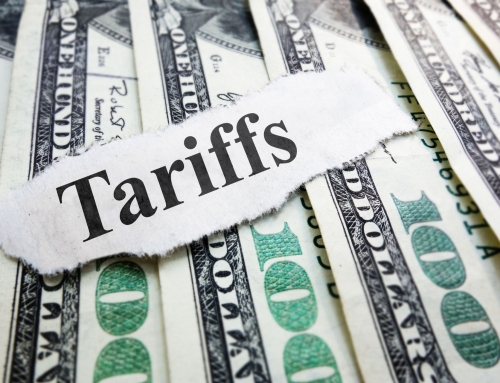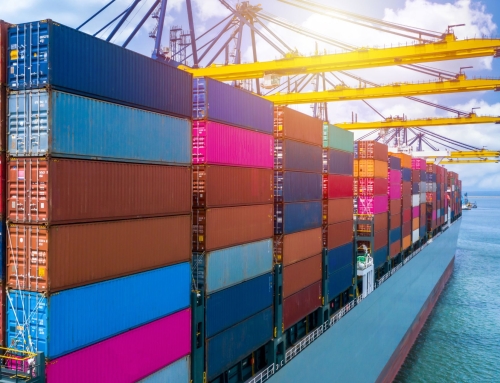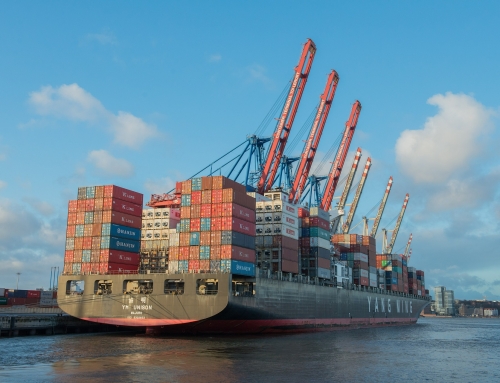Comstock has always been a proponent of the phrase “there are no stupid questions”. Trying to find the right information is not wrong, it’s a preventative of doing things the wrong way. In some cases, many people may not understand what they are hearing, but are too afraid to ask a question. In reality, the person asking the question might actually be doing a service to other participants. We host a question and answer session after each of our drawback education webinars and seminars and many of our attendees have asked some great questions about drawback. We have compiled some of the most frequently asked questions below along with our responses to these questions (note: some questions have been edited for clarity).
When the new law goes into effect in 2018, will I be able to reach back further in time on exports for a claim?
The time periods will expand, allowing a claimant to file a claim on exports going back five years from date of importation. This means that previously expired exports may be valid again if they fall within the new five year time frame.
What happens if my part number changes HTS classification from the time of import to when the part is exported? Will I still be able to utilize 8-digit substitution for unused merchandise?
If your part number changes classification, you should still be able to utilize 8-digit substitution, assuming that your classification does not start with the word “Other”. There are any number of reasons that a change like this could happen (prior disclosure, post-summary correction, court case, etc.) and you’ll want to be sure to track these as they happen. You may also need to consider a binding ruling for domestic sourced merchandise that has not ever been classified before.
If the classification for my part 8-digits starts with the word “Other”, can I still claim drawback on that part?
Yes, you can. For unused merchandise substitution, if your 8-digit classification starts with the word “Other”, you have to review the classification at a 10-digit level. If your 10-digit classification starts with the word “Other”, you’ll have to change your drawback claiming method to direct identification. You cannot utilize the new substitution provisions, but you can still claim drawback.
Do I have to file claims under the new drawback law or can I use the current drawback law?
The Trade Facilitation and Trade Enforcement Act requires claimants to file claims under the new drawback law starting February 24, 2018. However, there is a one-year transition where claimants can choose to continue filing claims as they do currently until February 24, 2019, when claimants will have to file under the new drawback law. To File or Not to File?
You mentioned a change was coming to the drawback calculation. Can you be more specific for how this change will impact us?
There are a few different ways in which CBP may determine how drawback will be calculated. Until the regulations are released though, we won’t know exactly how CBP has decided to calculate drawback under the new legislation.
Can you elaborate on the new 5,000 line limit for drawback claims that will be filed in ACE?
Drawback claims filed in ACE will have a limit on the number of records per claim. Each claim can have a total of 5,000 parts/pieces/styles on the import summary, 5,000 parts/pieces/styles on the export summary, and 5,000 parts/pieces/styles on the bill of material.
What defines a “trading company” in your description of drawback trading?
A trading company is a third party that gets involved to help facilitate a drawback trading situation between two unaffiliated companies. We have partnered with a company who is successfully completing these transactions for some of our clients. A full description and layout of the concept can be found here: Excess Can Be Good: The New World of Drawback Trading
CDs are no longer required under Drawback Simplification. Can we still use them if we want to?
The CBP Form 7552 for CDs or CM&Ds will no longer be required. However, the parties will still have to show a transfer of that information if CBP asks for it. If the company is comfortable using the forms to keep track of the transfer, then you can continue to use the forms if you would like to. Also keep in mind that the details of the import are still needed for the drawback claim.
We have several upcoming educational opportunities on the calendar for the rest of this year for our webinars and for our in-person sessions at our headquarters here in Oradell, NJ. Make sure you check out our schedule here and sign up for a class. With so much happening in drawback in the next several months, you won’t want to miss out!






